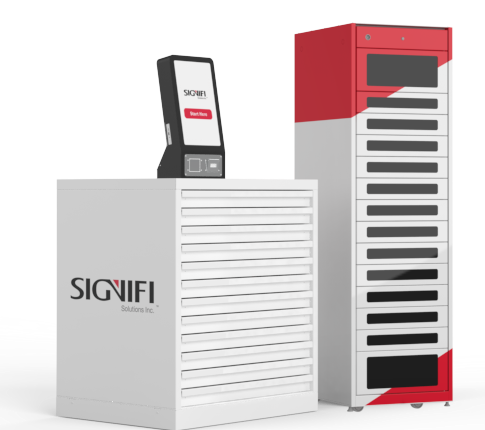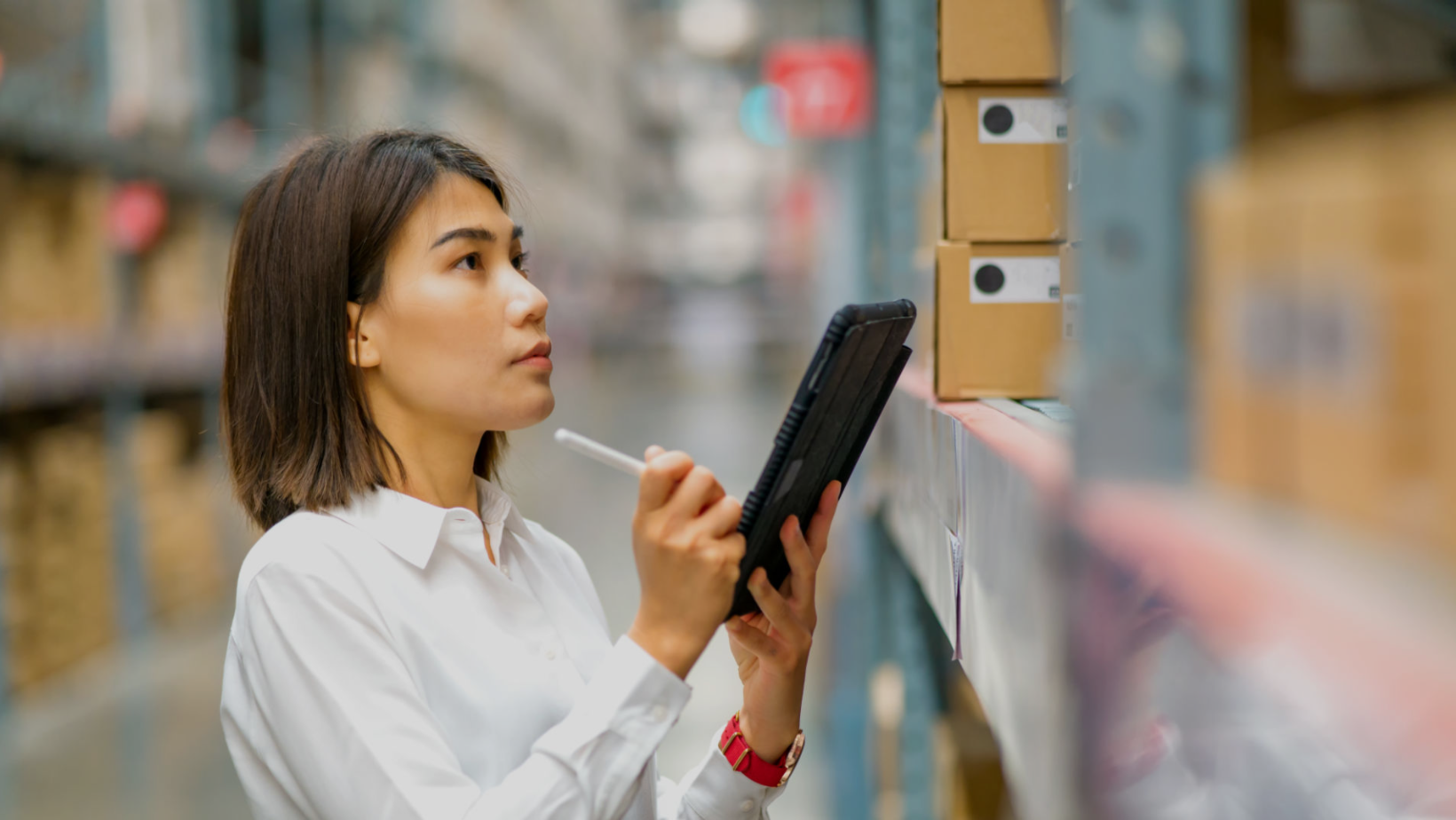BOPIS - Boosts Sales and Supports your Omnichannel Strategy
Just a few years ago, “Buy Online, Pay In-Store” (BOPIS) offerings were rare. It was a new way of completing purchases that shoppers enjoyed — and relatively few retailers had yet adopted.
As of 2019, just 4% of the largest 500 retailers had introduced online ordering with a curbside/in-store pickup option, according to the Harvard Business Review. (And fewer than a third of U.S. retailers had a digital transformation strategy in place.)
What a difference a few years has made!! Today, BOPIS is a key use case driving the larger phenomenon of digital transformation in retail. The transformation is now accelerating rapidly as organizations come to understand the advantages of omnichannel strategy. An omnichannel approach is typically defined as creating a seamless experience for customers, no matter how they choose to shop.
As of 2022, BOPIS powered by automated vending is rapidly becoming a mainstream offering. It’s an essential part of many retailers’ omnichannel strategies. According to Retail TouchPoints, an online specialist magazine for retail executives, one-third of U.S. retailers expect to have rolled out some form of automated vending by the end of 2022.
Of course, the COVID-19 pandemic has been a catalyzing event for digital transformation and omnichannel thinking within retail organizations. For those who adopted early and intelligently, automated vending was a lifeline. But as the crisis phase of the pandemic concludes, it’s become clear that the core benefits of smart kiosks and automated vending are timeless.
First, these solutions are customer-centric. Automated vending allows brands and retailers to reach potential shoppers when and where they are to make or complete a purchase. For consumers, an e-commerce transaction that concludes at a self-serve, automated kiosk is a fast, convenient, contactless experience. BOPIS via automated vending and smart kiosks allows customers to research products online and then buy them in-store without having to worry about inflexible pickup times or delivery fees. It’s an inviting proposition for many shoppers, especially the millennials and Gen Z.
Already by 2019, 68% of U.S. shoppers had made multiple click-and-collect purchases, and half of them had decided where to shop based on the availability of this option. As the pandemic continued, Deloitte revealed that click and collect shopping (a.k.a. BOPIS) was still gaining popularity in 2021, although the main driver had shifted: The 2020 consumer was choosing it because it was safer, but by a year later, “cheaper than delivery,” “faster than standard delivery” and “faster than shopping in-store” had moved up to become the top three reasons people chose BOPIS. Deloitte concluded that these “relatively new conveniences like click and collect … were widely adopted, and are likely to continue well beyond the pandemic.”
Second, enticing consumers to pick up their purchases in-store can help contain the costs and avoid some of the pitfalls associated with e-commerce. As the Harvard Business Review notes, high delivery costs can eat into a retailer’s profits, and online customers are much more likely than in-person ones to abandon their carts. They also exhibit lower levels of brand loyalty.
Third, offering BOPIS can lead to an overall boost in sales. Researchers from Clemson University and Texas A&M in the United States found that offering pickup-in-store services reduced online sales, but there’s a major positive tradeoff: The resulting increase in customers travelling to brick-and-mortar stores means extra foot traffic, and that was enough to increase sales revenue overall. (Perhaps that’s because seeing items in-store leads to more impulse purchases. As well, additional household members may tag along for the pickup ride, and make their own in-store purchases.)
Fourth, and perhaps most alarmingly for retailers that have not rolled out a seamless BOPIS option for customers; experts have found that sales — both online and in-store — dropped for a U.S. department store when its competitors launched their own BOPIS offerings. In a follow-up paper to the one mentioned above (this one published in the journal Management Science), the researchers explained: “Online shoppers are drawn to the competitor through an additional level of shopping assurance, along with the free and fast [order fulfilment] that the buy-online-and-pick-up-in-store service provides to customers.” Recall that the Deloitte survey found half of shoppers make purchase decisions based on pickup/delivery options.
The upshot? The era of BOPIS didn’t end with the COVID crisis — in fact, that was just the beginning. Retailers are finding automated vending to be an indispensable option to offer customers in an omnichannel world. Automated pickup in store has been shown to boost retail sales overall, adopting the convenience of automated vending, and self-serve kiosks could prevent your rivals from luring your customers away.
Contact us for implementing a seamless BOPIS strategy for your business!

.png)

